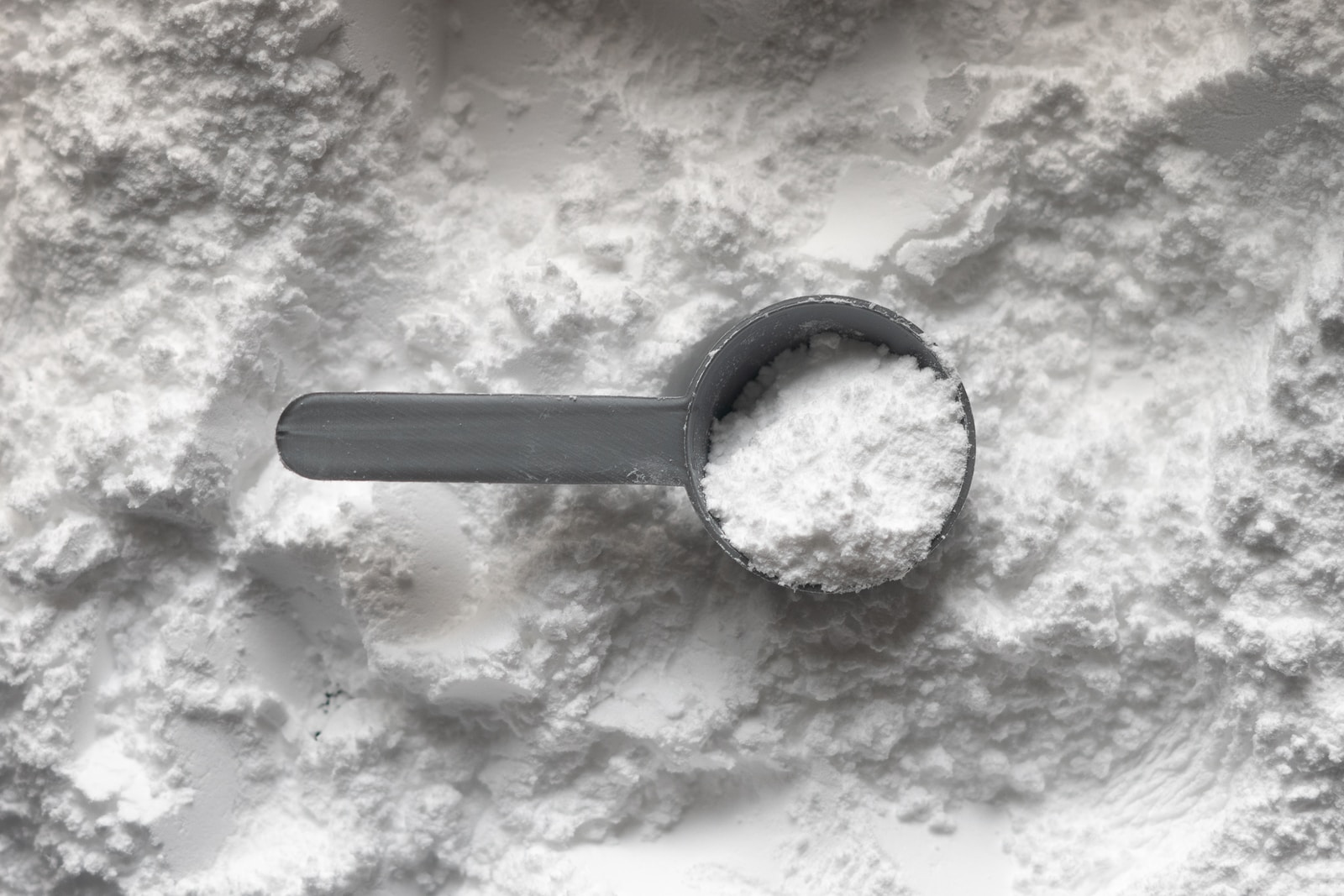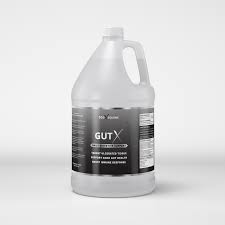Supplements in Horse Feed: Deal or No Deal?

As horse feed formulations become more advanced the race to provide a competitive edge keeps heating up. How many “best” feeds are there room for in a crowded market?
The major brands design and produce feeds that deliver exceptional performance in nutrition making it difficult for smaller competitors to make a case for choosing them over the brand leaders. This leaves marketing departments with only two strategies.
Marketing or Science?
The first strategy is providing the same performance for less money. Given the cost of the product it is difficult to produce a high quality feed with enough savings to provide an incentive to switch from a proven performer. When you are buying four bags of feed monthly, saving $1 a bag doesn’t add up to much.
The second strategy is to provide the same performance plus some additional ingredients for the same price. Most marketing departments will opt for this strategy because it provides the opportunity to present something other than a “me too” product.
In the past few years many feed companies have added popular supplements to their feed. The marketing campaign is based on a better value in money and convenience. The supplement is already on board so you don’t need to buy and dose it separately.
Don’t be surprised when I tell you that’s not the whole story.
Feed Should Provide Energy and Nutrition
Above all, feed should provide a horse the nutrients required to meet health and performance expectations. If you are feeding a quality feed in the proper amounts no additional nutritional supplements should be required.
A properly fed horse should not require hoof supplement or coat supplement or anything else required for basic nutrition.
What are the consequences of adding additional ingredients to a nutritionally perfect feed? There is only so much room in a pound of feed so the choice becomes to cheat on nutrients or increase feed rate. Increasing feed rate doesn’t sound like a big deal but this is the least impactful factor to consider in the question of supplements in feed.
Taking the R.I.D.E Test
I can’t take credit for this program. The R.I.D.E. test was developed by Purina Animal Nutrition as a method of questioning the value and efficacy of supplements. It’s applicable to any feed or supplement you are considering so please don’t think this is a sales pitch for Purina.
Each of the letters in R.I.D.E represent a category of questions to ask about a supplement or feed and we will go through each.
R…esearch
What research has been done on a particular supplement? Remember that horses are non feed livestock meaning that you can dose a horse with just about anything without regulations inhibiting you. Because of this, supplement manufacturers are not required to provide backup support for their claims. I can put ground corn and oats in a bag and tell you that it will improve a horse’s vision and there’s nobody to call me out on it.
When a company makes a claim about their supplement you should reach out to that company and ask to see the research they are basing their claims on. I do this all the time and I can tell you that it is a rare event when a company actually produces any research at all.
I get marketing pieces listing names of famous riders who use the supplement.
Many times I will get research citations that look very official. Such and such pHD et al 2003. Unfortunately I am the one in a million customer who will actually google the paper and read it. The research cited was conducted on humans or other species but NOT on horses. If you have spent any time around horses you know that their metabolism is very different than most other species.
Sometimes the trials that were conducted on horses are incomplete. Many cited probiotic trials showing efficacy in horses were conducted in vitro, in the lab versus in vivo or on live animals. Successfully growing yeast in a petri dish filled with fluid from a cecum doesn’t mean that bacteria will work when it’s fed to a horse and forced to survive the hostile environment of the horse’s digestive system. In fact, the only three in vivo studies clearly show no advantage to providing probiotics to horses in a live fed test.
Other times studies may show efficacy in horses but there are other factors to consider. Just because chromium propionate showed an increase in insulin sensitivity doesn’t mean having chromium in the feed is really doing anything as you will see further down the page.
I…ngredients
Are the ingredients added to the feed or in the supplement jar the same ingredients used in a successful trial?
Cosequin has a number of successful trials on horses but if a company adds glucosamine and chondroitin to their feed will it achieve the same result? Are those ingredients of the same quality? Purity? What catalyst does Cosequin use that isn’t being added to the feed?
D…osage
Then there’s the question of infusion rate. Infusion rate is how micronutrients are measured in feed additives. Just because something is on the list of ingredients doesn’t mean it’s in there in sufficient quantity to make a difference.
If chromium propionate is part of the list of ingredients but no quantity is listed on the guaranteed analysis how do we know there is an effective dose in the meal we feed our horse?
Some are better than none, right? Is it? If your horse isn’t getting enough of a supplement and you have to add some, are you really saving time and money? What if your horse is getting too much of a supplement? I learned that my AQH mare was HYPP from feeding her a supplement high in potassium.
Here’s a perfect example. I did some research on the claim that added chromium is a benefit for insulin resistant horses. The company based the claim on a good study conducted on horses. It was a very comprehensive and credible study. The study showed a slight improvement in insulin sensitivity for horses getting chromium propionate with their meals. So the marketing people weren’t lying to you. Chromium increases insulin sensitivity in horses.
Reviewing all the data reveals that 4 MG per day of chromium regardless of bodyweight was the optimum level of efficacy for the supplement. A smaller or larger dosage impacted the efficacy of the chromium. The infusion rate for the feed is not listed, I obtained it from the company. The infusion rate is 1mg per pound of feed. This means that in order for your horse to see the best results you would need to feed four pounds per day. No more. No less.
The fine print also shows that in the single trial conducted none of the horses were diagnosed with any metabolic condition. All had body conditions of between 4.5 and 5, so perfect and all were between the ages of four and seven. Call me a sceptic but I’d like to see results on a 20 year old 6 BCS metabolic mare.
E…fficacy
Assuming that the research, ingredients, and dosage all line up the final question is how effective is it? Does the supplement or additive really make a difference worth talking about?
In my chromium example the increase in insulin sensitivity among the test group averaged 8%
Ideally any feed or supplement manufacturer should be able to provide live feed trial studies on horses in practical settings that show safety and efficacy when administered in the proper amounts.
My philosophy has always been and shall remain to feed the horse and supplement separately for condition.
As with everything to do with your horse, always use “caveat emptor” as your guide. Let the buyer beware.
If you enjoyed this post please consider becoming a JTFG patron at patreon.com/jimthefeedguy.



0 Comments